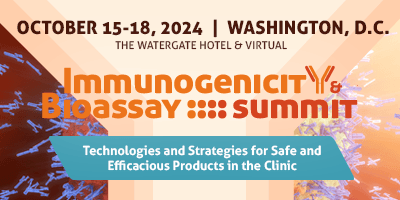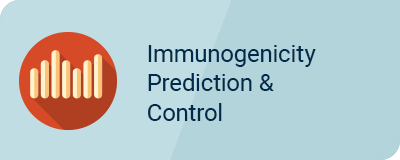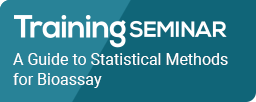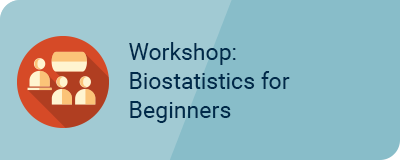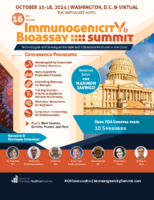
2024年10月16日(三) 8:30 am - 5:30 pm | 2024年10月17日(四) 8:00 am - 12:00 pm
TS1: A Guide to Statistical Methods for Bioassay
TOPICS TO BE COVERED INCLUDE:
- Statistical concepts
- Biological Assay: fundamentals, types, properties, and similarity
- Intro to ‘Classical’ Design of Experiments: factorials, response surface designs, blocking
- Using DOE with bioassays
- Bioassay analysis: addressing violations of assumptions, modeling, why mixed models, similarity
- Considerations when setting product specifications
- Setting assay and sample acceptance limits in bioassays
- Modular assay designs ease development, robustness, qualification, and validation
- Qualification and validation design and analysis
- Assay monitoring
- Managing changes in assays
- Assay transfers
WHO SHOULD ATTEND:
Those who are involved with the design, development, analysis, validation, monitoring, transfer, and updating of biological assays will benefit from this course. This includes bench scientists, assay managers, those responsible for planning and analyzing bioassay validation experiments, statisticians who are new to bioassay, as well as managers who have responsibility for bioassay development and validation. The course focuses on key concepts, properties of bioassays, and enough details to understand how medical needs drive product specifications, which drive the requirements for assay capabilities. We will not focus on formulae or calculations. We will discuss the strengths and weaknesses of various big picture approaches to bioassay development and validation.
INSTRUCTOR BIOGRAPHIES:
 David Lansky, PhD, President, Precision Bioassay, Inc.
David Lansky, PhD, President, Precision Bioassay, Inc.
* 活动内容有可能不事先告知作更动及调整。
CONFERENCE PROGRAMS
